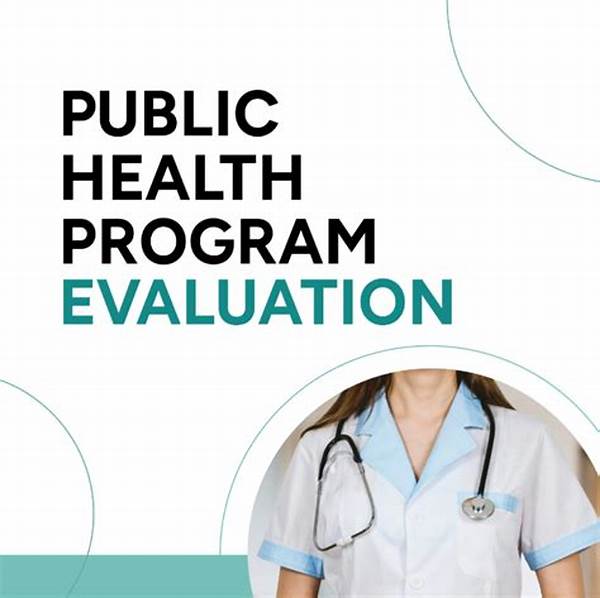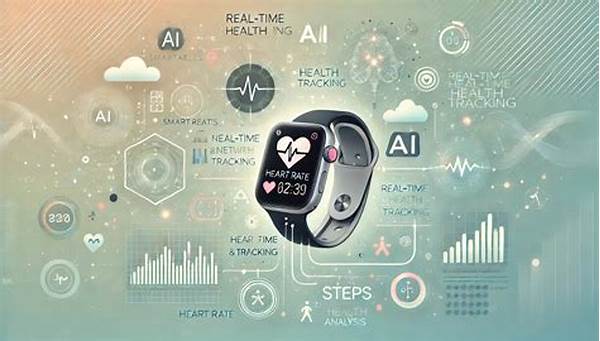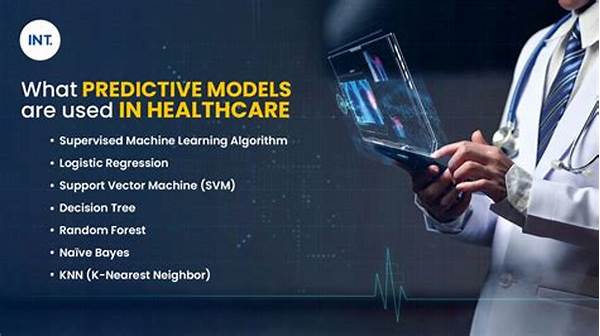On a chilly morning in the heart of the city, Dr. Emily Martin stood at the entrance of a bustling community health center. The vibrant atmosphere was a testament to months of tireless dedication put forth by her team. Today marked the culmination of the public health program evaluation—a meticulous process she spearheaded to assess the program’s impact on the community. As she prepared to present the findings, she recalled the challenges and triumphs that shaped this journey.
The Importance of Evaluating Public Health Programs
Dr. Martin’s journey into the realm of public health program evaluation began with identifying the community’s needs. The goal was clear: to improve health outcomes while ensuring resources were used efficiently. This endeavor required analyzing data, community engagement, and a keen eye for detail. The evaluation process illuminated both strengths and weaknesses, guiding future efforts. Without a comprehensive evaluation, public health initiatives risk missing critical insights that could lead to impactful changes. This step is not just a diagnostic tool but a transformative process that has the power to revitalize and guide the direction of public health programs.
Evaluation is crucial because it places value on transparency and accountability. Programs must be scrutinized to ensure they aren’t just well-intentioned but also effective and efficient. By scrutinizing the methodologies and tools, evaluations provide an opportunity to refine practices or, if necessary, rework objectives entirely. In doing so, public health program evaluation acts as both a map and compass, guiding future strategies to better serve the community.
Key Elements of Program Evaluation
Every public health program evaluation begins with clear, specific objectives. It’s essential to determine what the program intends to achieve.
Stakeholder engagement is a cornerstone. It ensures the evaluation aligns with the community’s needs and expectations and fosters a sense of joint ownership.
Data collection is methodically planned, providing a robust foundation for the evaluation. Surveys, focus groups, and interviews are employed to gather qualitative and quantitative data.
Analysis of the collected data helps reveal trends, impacts, and areas for development. It translates raw numbers into actionable insights.
Finally, the dissemination of findings is key. Sharing results with stakeholders and the broader community ensures transparency and trust in the evaluation process.
The Journey of Evaluators
Dr. Martin’s team embarked on the public health program evaluation, fueled by a commitment to learning. They ventured into neighborhoods, listening to stories that charts and graphs could never capture. This narrative-based approach provided texture to the data, ensuring that their evaluation was human-centered. Every meeting with community members was an opportunity to uncover more layers of truth, adding depth to their analysis.
The heart of this journey was the relationship-building that occurred. Evaluators acted as part researchers, part storytellers, giving a voice to those whose lives were most affected by the programs. They learned to see with dual vision—using statistical lenses and empathetic perspectives. As stories unfolded, the evaluators understood that their role was as much about developing programs as it was about weaving connections.
Insights and Reflections from the Field
Public health program evaluation often unveils hidden layers of complexity within communities. It’s through these evaluations that programs can pivot; fulcrums for change derive from understanding nuanced community reactions.
Foremost, evaluators must embrace curiosity. Each finding, whether anticipated or unforeseen, should guide further inquiries. A single data point can unfold into a narrative of change when viewed through a narrative lens.
Understanding cultural and sociopolitical contexts elevates the quality of evaluations. The seamless weaving of storytelling with statistical analysis enriches the outcomes.
Evaluation findings are not static. They should inspire continued dialogue and adaptations to ensure the program remains dynamic and effective.
Lastly, humility and open-mindedness are invaluable. Evaluators might uncover insights challenging preconceived notions, welcoming an opportunity for growth and learning.
Implementing Change through Evaluation
Implementing changes post-evaluation is where ideas crystallize into action. The public health program evaluation serves as a bridge between theoretical objectives and tangible improvements. Guided by findings, programs can be tailored or overhauled to better align with goals. Resources are reallocated, interventions adjusted, and strategies refined.
Such transitions require stakeholder buy-in and effective communication strategies. Evaluation results, laid bare and communicated compellingly, foster a shared understanding, creating a collaborative environment for change. This critical phase turns evaluation from an academic exercise into a pragmatic tool for transformation.
Empowered with comprehensive insights, teams like Dr. Martin’s are poised not just to improve health outcomes but to instill lasting, sustainable changes. Evaluation is not an endpoint; it’s a continuous cycle propelling public health towards its objectives.
Sharing Evaluation Outcomes
The end of a public health program evaluation marks a beginning—the dissemination of knowledge and findings. This sharing is as significant as the evaluation itself. Documentation, presentations, community forums, and stakeholder meetings bridge the gap between evaluators and the community.
By sharing outcomes vividly and effectively, evaluators stimulate dialogue and spark ideas. The nuances of statistical graphs gain life, integrating with personal narratives and community aspirations, shaping programs that resonate with lived experiences.
Communication ensures that evaluation transcends its role as a tool, morphing into a catalyst for community-driven change. It reaffirms a collective commitment to health betterment, inviting shared ownership in the public health journey.
Conclusion and Future Directions
Public health program evaluation, through its intricate dance of data and narrative, yields immense value in illuminating paths forward. In Dr. Martin’s community, the evaluation highlighted areas for immediate action and longer-term strategies to refine. Evaluation creates an opportunity to correct missteps and celebrate successes, fostering an environment for continuous improvement.
The journey of public health program evaluation doesn’t end; it evolves. As health dynamics shift, so must programs. Future evaluations will require adaptive methodologies, embracing technological advancements and novel approaches to data collection and analysis. They will explore emerging health challenges and intertwine with evolving community narratives, ensuring programs remain relevant and responsive.
Ultimately, public health program evaluation stands not merely as an assessment tool but as an enduring commitment to progress, equity, and health improvement. Its strength lies not only in what it measures but in what it inspires—transformative change.





